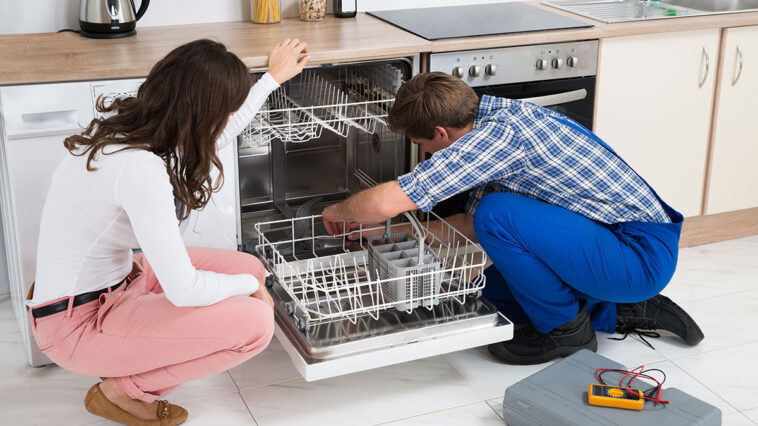The current trade war with China, Korea, and much of the world has led to significant spikes in the cost of imported home appliances. Consumer Reports estimates that tariffs could increase appliance costs by up to 40%. But, higher costs due to tariffs may have an unseen benefit.
Before the tariff wars, home appliances imported from Asian companies such as Samsung and LG were so affordable that when something broke on these appliances, many consumers would discard the old one and buy a new one.
This Throw-Away mentality was not always part of the American psyche. Until the early 1970s, most people in the United States would either fix their appliances or hire someone to do so. As China and other Asian countries ramped up their industrial capacity, they flooded the market with inexpensive appliances. These new, imported appliances were so affordable that Americans took the path of least resistance and began replacing broken appliances instead of repairing them.
In my 35 years as an appliance technician, I have found that around 85% of appliance repairs involve replacing a part that costs under $20. Consumers have become accustomed to replacing their broken appliances at an average cost of $600 for a new appliance. Yet, they often could have fixed them for under $20. What a huge waste of money and resources, not to mention the environmental impact of filling our landfills with otherwise useable appliances.
Join the Fix-It Movement
Now that imported appliances are more expensive, will we start to see a shift back to being a fix-it society? There is a tipping point with appliance costs, where the consumer with a broken appliance can see that the repair bill is significantly smaller than the cost of replacement, and they will opt for the repair instead.
Mother Earth will benefit from the shift back to a fix-it culture. The amount of water, energy, and raw materials needed to manufacture appliances is vast. Demand for new appliances is declining, and production may follow suit, ultimately reducing pollution and waste of raw materials.
A return to a repair mentality will also keep home appliances out of landfills. Many appliances, such as ovens and dryers, are often full of empty space. When thrown away, appliances take up lots of landfill space, some parts taking thousands of years to break down, leaving a raft of pollutants in soil and groundwater.
At our house, we have a 22-year-old Miele dishwasher and a Whirlpool washer and dryer that are over 25 years old. When small parts wear out or break, I repair them, and I’ve now benefited from twice the normal appliance lifespan.
Arm Yourself With Information
Most appliances are designed to last only 10 years. You can get twice that lifespan by fixing them yourself. So, consider helping our planet by repairing instead of replacing appliances. Here are a few simple appliance repair videos I made to empower you to make easy repairs:
These are just a few of the over 2,500 DIY repair videos on our channel. These easy-to-follow, step-by-step videos can give you the confidence to fix your appliances, saving hundreds of dollars, even thousands, over several years.
Let’s save our planet one appliance at a time.
About the Author
Scott Flint is a veteran appliance repair professional who has assembled a vast library of self-repair programs.




GIPHY App Key not set. Please check settings